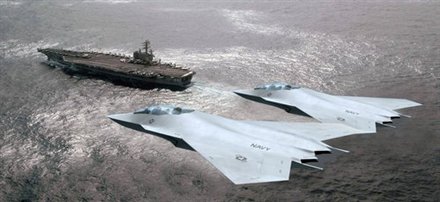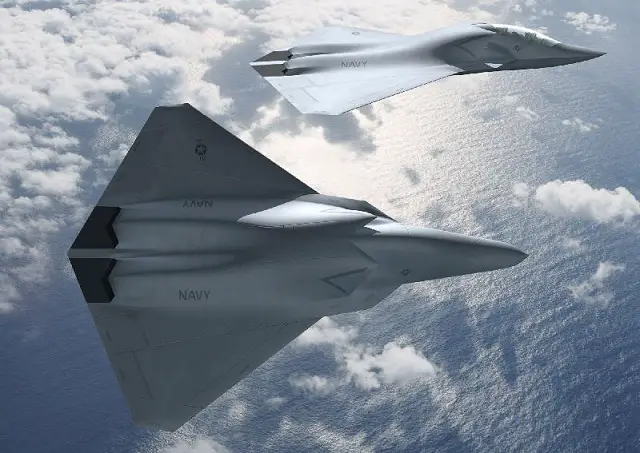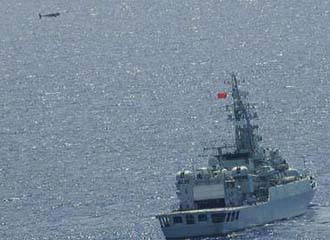The UK Navy dominated their Argentine
counterparts during the Falklands War, but how have these forces fared
since that conflict?
As debate over the rightful ownership of the Falkland
Islands bursts back into life, Dr Gareth Evans compares the British and
Argentine naval forces of 1982 with those of today, to find out just how
much has changed since the first confrontation.
On the morning of the 2 April 1982, the task of defending Port
Stanley against a 600-strong Argentine invasion force fell to a British
contingent of just 80 servicemen - 68 Royal Marines and 12 sailors from
the ice patrol ship HMS Endurance - along with a handful of local
reservists.
"A recent report from
Strategic Defence Intelligence predicted that Argentina's defence budget
will see a compound annual growth rate (CAGR) of 15.87% over the period
from 2011 to 2015."
By a quirk of fate, that represented almost
twice the usual number of personnel routinely stationed on the Falkland
Islands at the time, as the attack had come during a changeover.
Thirty
years on, and today's military presence is rather more substantial.
Three Royal Navy vessels, a patrol ship, an auxiliary support ship and
either a frigate or a state-of-the-art destroyer - such as the Type 45
anti-aircraft destroyer, HMS Dauntless, recently sent to the South
Atlantic - guard the sea lanes, bolstered by the rumoured presence of a
conventionally armed, nuclear-powered submarine.
The islands are
also now home to a garrison of 1,200, with aerial defences provided by a
series of strategically placed Rapier missile batteries and four
Typhoon fighters, with logistics support from a Hercules C130
transporter and a VC10 tanker.
While the islands themselves are clearly better defended, during the intervening decades there have been changes elsewhere too.
From
the British perspective, the Falklands conflict was predominately a
naval campaign, involving a task force which ultimately amounted to 127
ships, consisting of 43 Royal Navy vessels, 22 from the Royal Fleet
Auxiliary and 62 merchant ships.
While Argentina's Navy played a
very small part in the fighting by comparison - and almost none at all
after the subsequently much-debated sinking of the ARA General Belgrano -
examining the current maritime power of the two combatants offers some
interesting insights into how military spending has shifted over recent
years.
Defence spending since the Falklands War
British defence spending
According
to the latest SIPRI Military Expenditure Database, during the era which
included the Falklands conflict, Britain's military budget represented
around four percent of GDP - something which the conflict itself helped
to increase.
Defence reviews are not a new phenomenon, and the
UK's spending had been the subject of major cuts during the late 1970s,
which, ironically, would have meant that a number of the vessels
involved in the war would not have been in service if Argentina's
military junta had delayed the decision to invade by a few months.
The
conflict in the South Atlantic made it clear that the Royal Navy needed
to maintain its expeditionary capabilities as well as fulfil its Cold
War role. The impending cuts were abandoned as a result, and the
experience undoubtedly helped mitigate further threats to the naval
budget throughout the rest of that period.
Today, cuts are once
again on the agenda, with defence spending now accounting for 2.7% of
GDP and, in the wake of the Strategic Defence and Security Review, they
are to face a five percent reduction - £1.72bn in real terms - by
2013/14. Nonetheless, Britain's military budget still ranks fourth in
the world.
Argentina's defence spending
Argentina,
by contrast, languishes down in 49th place - but that sort of rather
simple comparison does not begin to tell the real story. While here the
SIPRI figures also show the proportion of GDP spent on defence has
fallen slightly - from 1.4% then to one percent today - that masks the
increase in actual
cash terms driven by the growth in the country's economy.
As
the 1980s drew to a close, Argentine military expenditure, expressed in
US Dollars at constant 2009 prices and exchange rates, was $2.7bn. On
the same basis, in 2010, it reached $3.3bn - and it seems set to grow
further.
A recent report from Strategic Defence Intelligence
predicted that Argentina's defence budget will see a compound annual
growth rate (CAGR) of 15.87% over the period from 2011 to 2015, reaching
a final total of $5.5bn. In respect of the Argentine Naval allocation,
the authors forecast it will increase from the average of 25.3% of the
country's total defence budget between 2006 and 2010, to 25.5% over the
years to 2015.
British and Argentine naval fleets
Britain's naval fleet
Put
bluntly, having the fourth largest military spending does not
automatically equate to having the fourth largest military, and nowhere
is that better reflected than in the British naval fleet.
"Should
a similar need arise today, the upsurge of 'flags of convenience' might
see HM Government looking to charter foreign ships."
At the end of the 1980s, the Royal Navy had two aircraft carriers, seven amphibious ships, 13 destroyers and 35 frigates.
Today,
the like-for-like comparison sees Britain carrierless - and left
reliant on helicopter carriers for some years to come - with just 18
active major surface combatants, comprising of five destroyers and 13
frigates.
In addition, there are two landing platform docks and a
total of 11 nuclear powered submarines, of which four are ballistic
missile submarines and the remaining seven are conventionally-armed,
fleet submarines. A further seven vessels are currently being
constructed - the two Queen Elizabeth-Class aircraft carriers, the last
of the Type 45 destroyers and four Astute-Class submarines.
Apart
from the loss of fixed-wing carrier capability, arguably the biggest
potential change in British maritime muscle post-Falklands, however,
lies in the drastic reduction of merchant vessels sailing under the
British flag. In 1982, requisitioned ships accounted for nearly half of
the task force. Should a similar need arise today, the upsurge of 'flags
of convenience' might see HM Government looking to charter foreign
ships.
Argentina's naval fleet
Argentine's core fleet at the start of
the Falklands conflict was comprised of six destroyers (two of them
Type 42s), three corvettes, one cruiser, one ex-Royal Navy
Colossus-Class carrier (the former HMS Venerable) and two submarines
(one a modern Type 209, the other a WWII vintage Guppy-type).
Despite
playing a comparatively minor role in the conflict, Argentinean
maritime losses amounted to one cruiser, one submarine, four cargo
vessels, two patrol vessels and a spy trawler, and the experience
clearly shaped naval thinking in the aftermath of defeat. The main fleet
was transformed, with modern Meko 360 and 140 type vessels replacing
the antiquated Fletcher and Gearing Class destroyers, and two Thyssen
TR-1700 Class vessels being acquired in the place of the single Guppy
submarine.
Today's Argentine Navy boast two amphibious vessels
(one command ship, one cargo ship), four destroyers, nine corvettes and
three submarines, but like the UK, no carrier. The Falklands-era ARA
Veinticinco de Mayo was decommissioned in 2000.
Perhaps the most
curious fact to emerge from the comparison is that, despite the war
comprehensively demonstrating the value of close air support - and the
awful vulnerability of its absence - both nations have to a large degree
turned their backs on naval air-power, at least for the moment.
Just
how long the current situation is allowed to persist, where each navy's
pilots have to depend on their respective allies' carriers for deck
space, remains to be seen.
* Anàlisi
publicat a Naval Technology. Recomanem la seva lectura per posar-se al dia sobre la ressurrecció de la tensió a les Falkland.
















